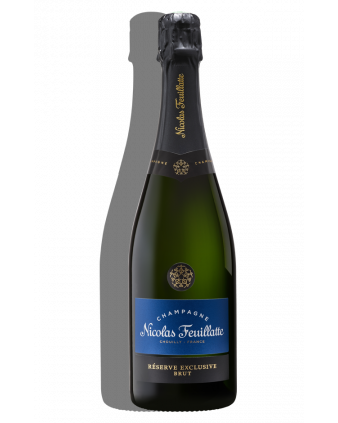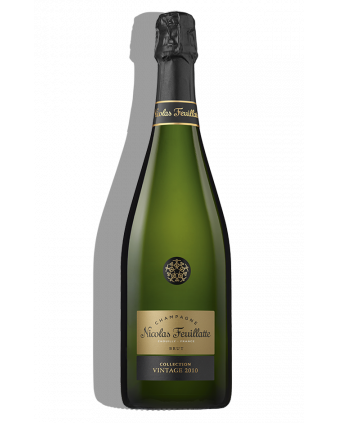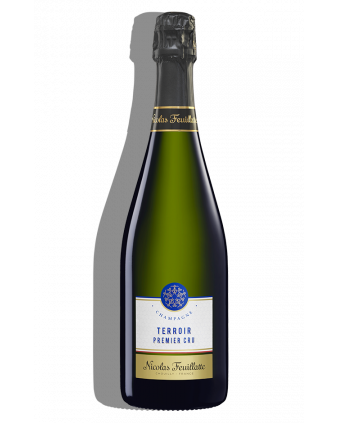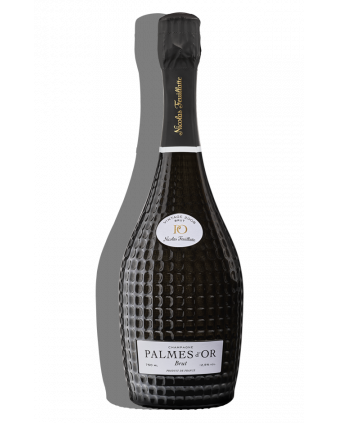Five myths about Champagne
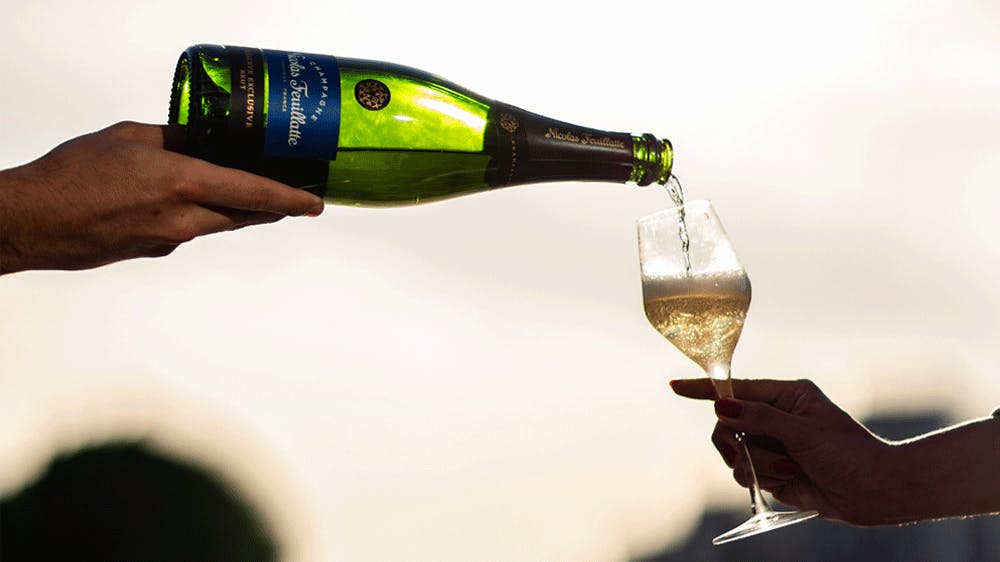
Myth n°1 : Champagne is drunk in from a Champagne coupe
It’s not ideal. First of all, it is not very modern, and above all, coupes do not allow the bubbles in champagne to breathe, or the aromas to develop.
You should drink champagne from a tulip-shaped glass that’s tall enough to allow the bubbles to develop and the aromas to be revealed.
Learn more about how the shape of the glass affects the taste
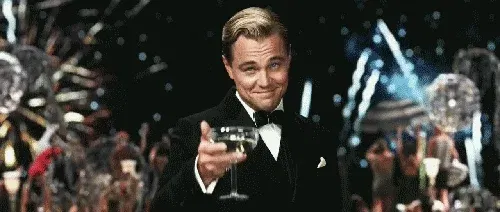
Myth n°2
You can put the Champagne in the freezer to cool it down more quickly
We’ve probably all done it before, and it may seem trivial, but for state-of-the-art service, putting a bottle in the freezer is not ideal.
Freezing temperatures limit the aromas and bubbles.
If you have time, you can put the bottle in the warmest part of the fridge for four hours.
If it's now or never you can put the bottle in a champagne bucket with cold water and ice cubes for about 30 minutes.
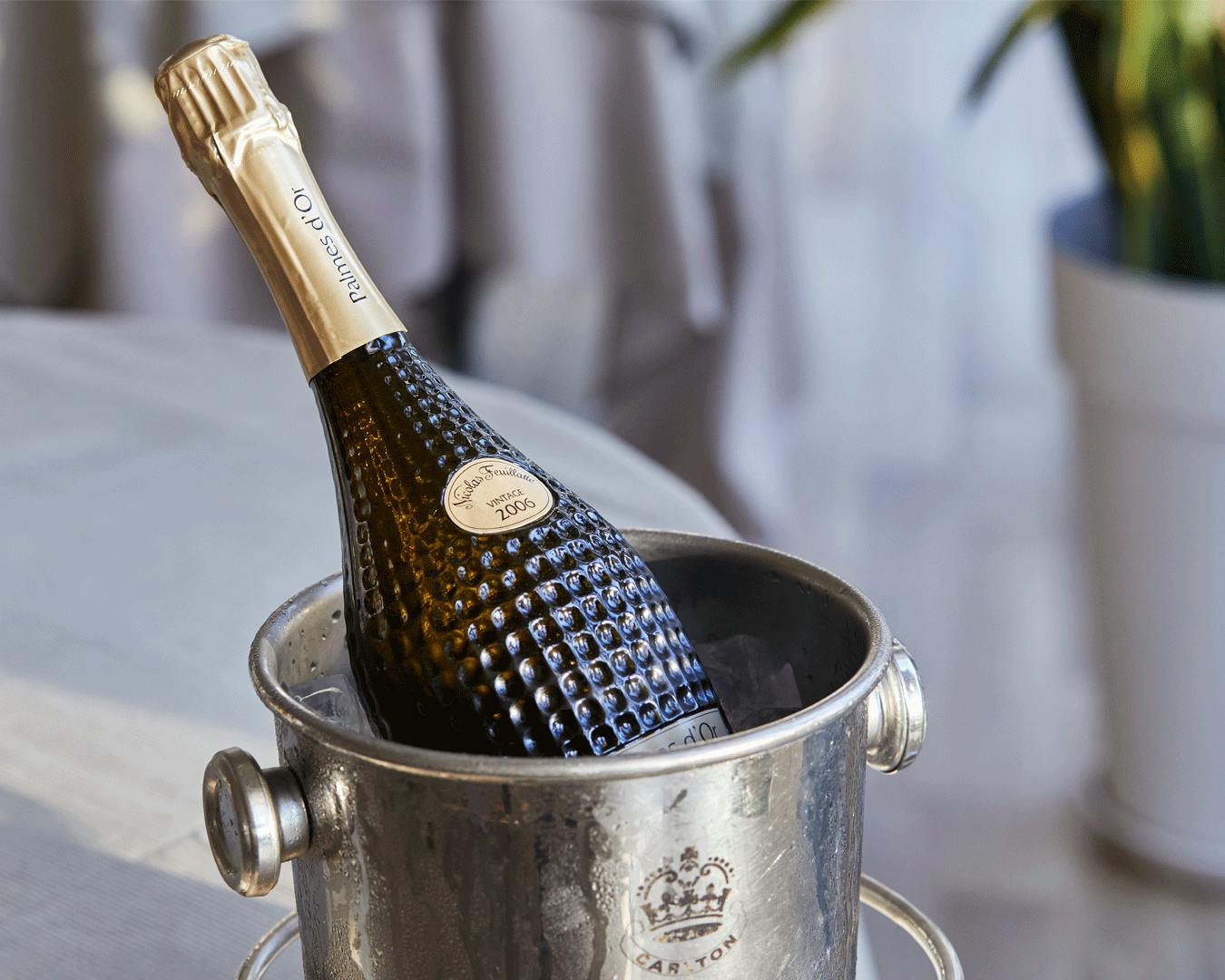
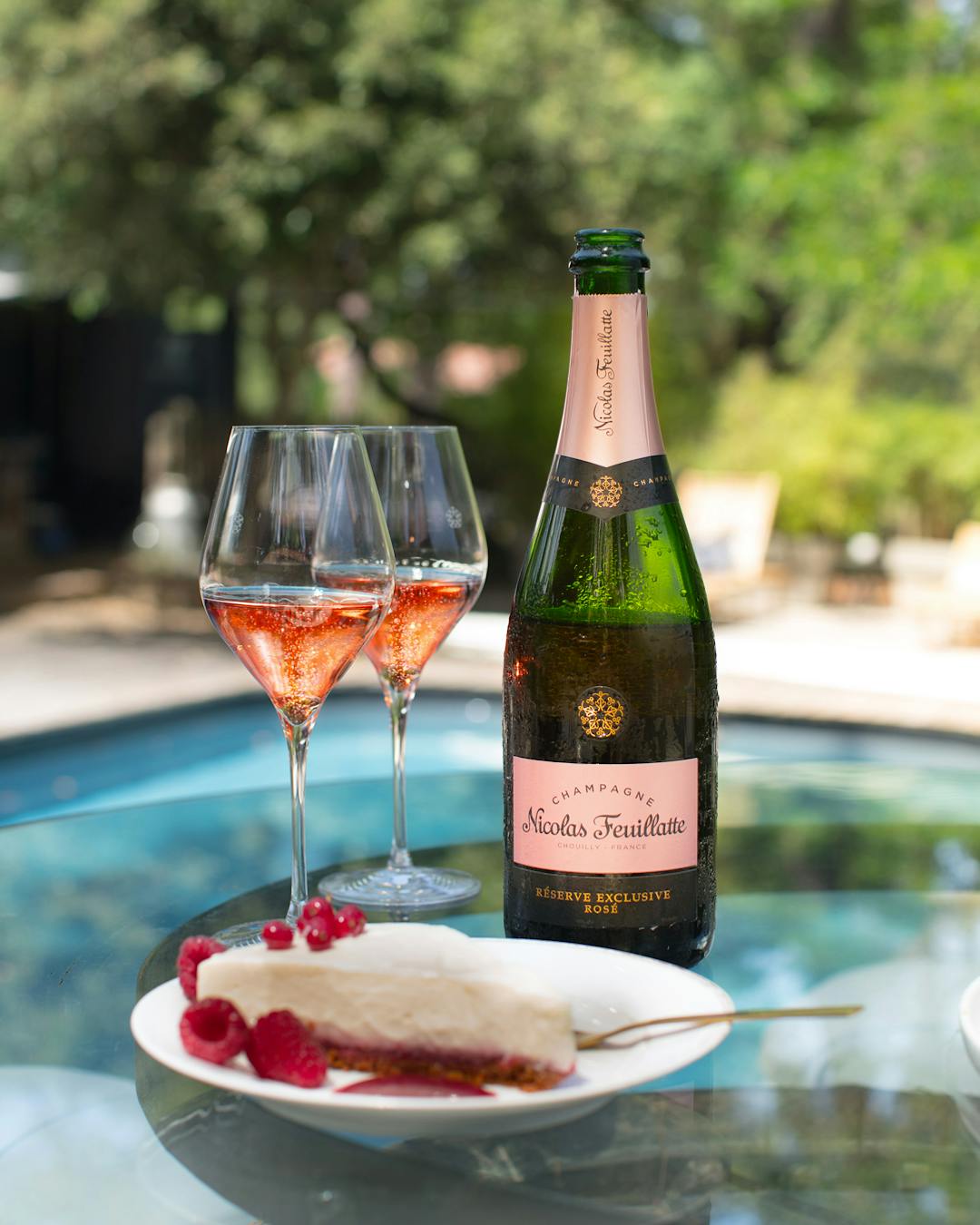
Myth n°3
Champagne is drunk with dessert
You can, but it has to be the right champagne!
It is better to enjoy champagne as an aperitif or during a meal, and to pair the food with the champagne selected.
There are many types of champagne, and just as many possibilities for pairing.
If you really want to drink champagne with your dessert, then we advise you to opt for a demi-sec champagne, with a higher sugar content, or a rosé champagne, which is more fruity. For example, our Réserve Exclusive Rosé goes very well with red fruit desserts (with a brut or a Blanc de Blancs champagne, it would be a different story!).
Chocolate is the worst possible match. That really is busting a myth!
Myth n°4
To open a bottle, you have to pop the cork
Getting to the heart of the matter, there is a whole protocol to respect! You certainly don't pop the cork like in films or on the F1 circuits, at the risk of losing some of the wine and dissipating the bubbles, which has a negative impact on the effervescence (which is a shame for wine that takes several years to make).
You should start by removing the wire protecting the cork.
Take the cork in your hand, and with the other hand, hold the bottom of the bottle, then turn the bottle gently (that’s right, it’s not the cork that turns). Hold the cap tightly to avoid any incidents. Of course, you should avoid pointing the bottle at your guests.

Myth n°5 : Champagne is expensive
The question on everyone’s lips is... Why is champagne more expensive than other sparkling wines?
There are many reasons why champagne is expensive... the unique characteristics of the land, the specifications of AOC Champagne, the price of the grapes, the production and processing methods etc.
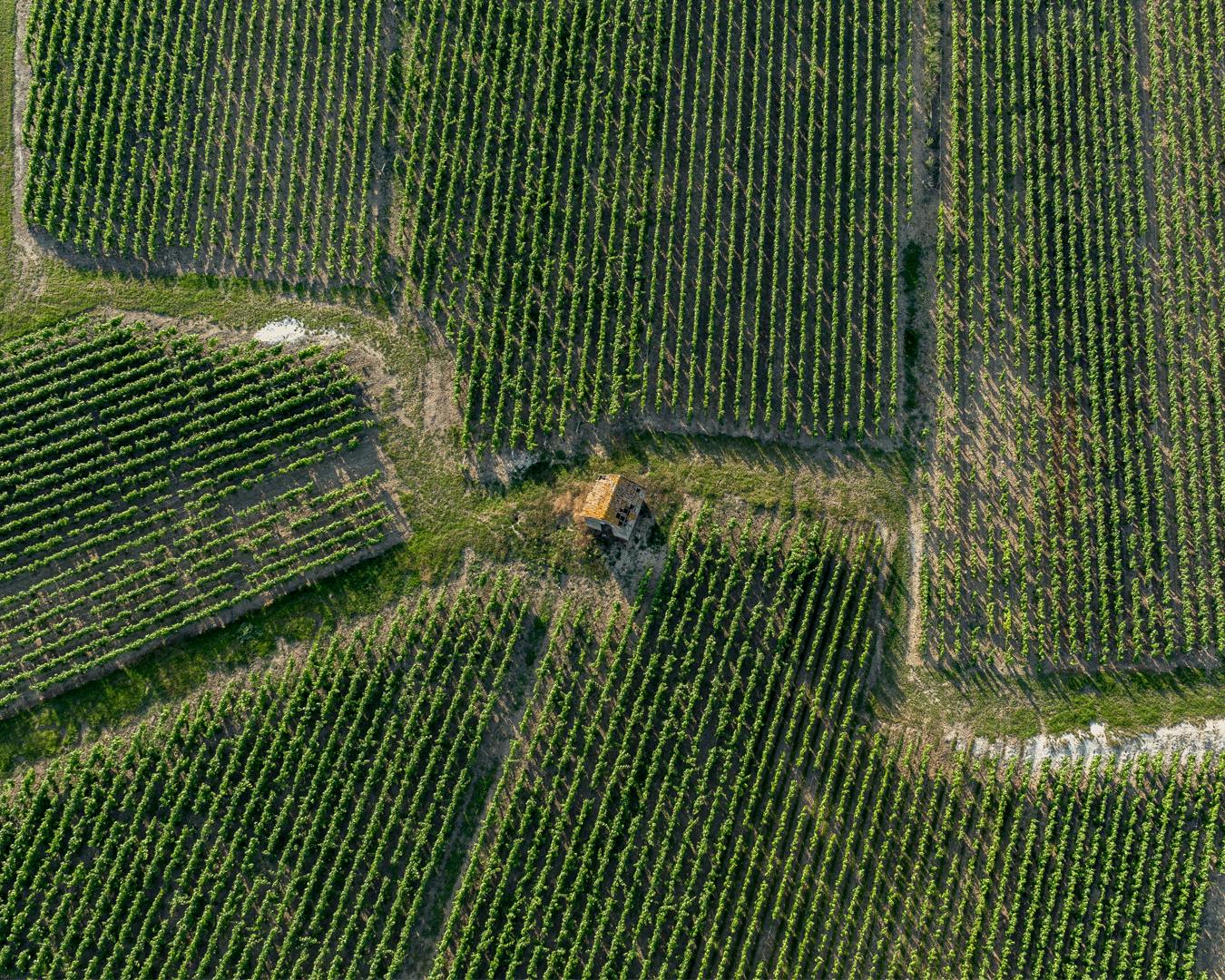
The climate
The land in the Champagne region is unique because of its geography and specific climatic conditions. It is the northernmost wine-growing region in continental Europe. The climate of the Champagne region is cold with little sunshine, making it difficult to grow vines.
The Champagne region is subject to a double climate:
- The majority of the climate is oceanic, which brings a lot of rain, with little variation in temperature from one season to another.
- Then there is the continental climate, which can be responsible for destructive frosts during the winter, and sunshine in the summer, which is beneficial to the vines.
The subsoil
The subsoil is mostly composed of limestone. The chalk allows the ground to drain more easily, transforming it into a real water reservoir, meaning the vines always have water even in case of harsh drought.
The relief
The Champagne region is steep and hilly. The location of the vineyards on the slopes allows sunlight to reach the vines and allows excess water to drain off. Sloping land is better exposed to the sun's energy than flat ground.
These three aspects (climate, subsoil, relief) create the unique nature of the Champagne region. However, each plot has its own individual characteristics, offering winemakers endless combination possibilities.
The Champagne hillsides have been listed as a UNESCO World Heritage Site since 2015, as have the Champagne houses and cellars!
AOC Champagne
The land in the Champagne region is so unique that it has allowed a non-standard sparkling wine to be produced. The Champagne region is a protected, strictly-defined area with production rules. It is a prestigious Appellation d'Origine Contrôlée (controlled designation of origin), known to all, which must comply with very rigorous rules of production and processing.
The main rules of the AOC Champagne are:
- A strictly defined area.
- Seven authorised grape varieties: chardonnay, pinot noir, meunier, pinot blanc, pinot gris, arbane and petit meslier.
- Specific methods for vine pruning: Royat, Chablis, Guyot, Vallée de la Marne.
- Limited grape yield per hectare (in 2020, the yield was set at 8000kg/hectare).
- Maximum pressing yield.
- Minimum percentage of alcohol at harvest.
- Second fermentation in bottles and aged on lees for a minimum of 15 months for non-vintage wines, and 3 years for vintage wines.
Did you know?
Unlike other wines, it takes an average of two to three years to make a bottle of champagne (up to ten years or more for prestige Champagnes).

Available on our website
